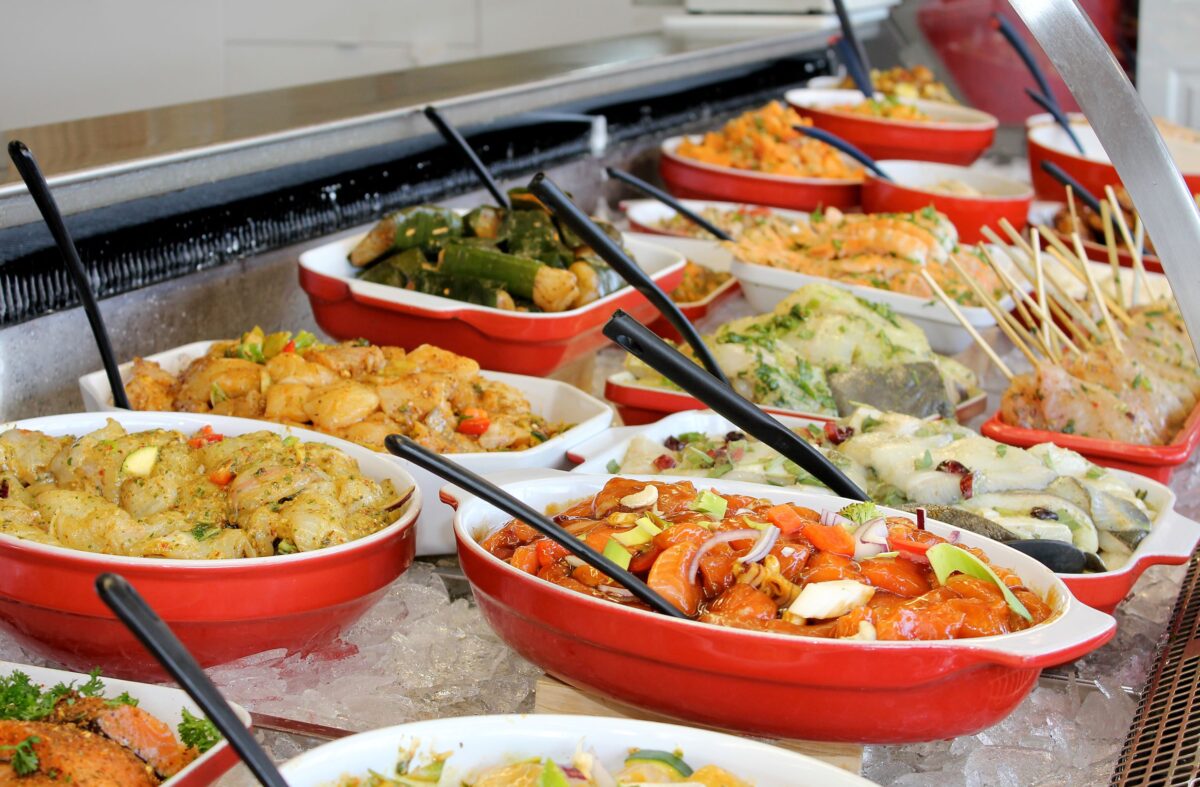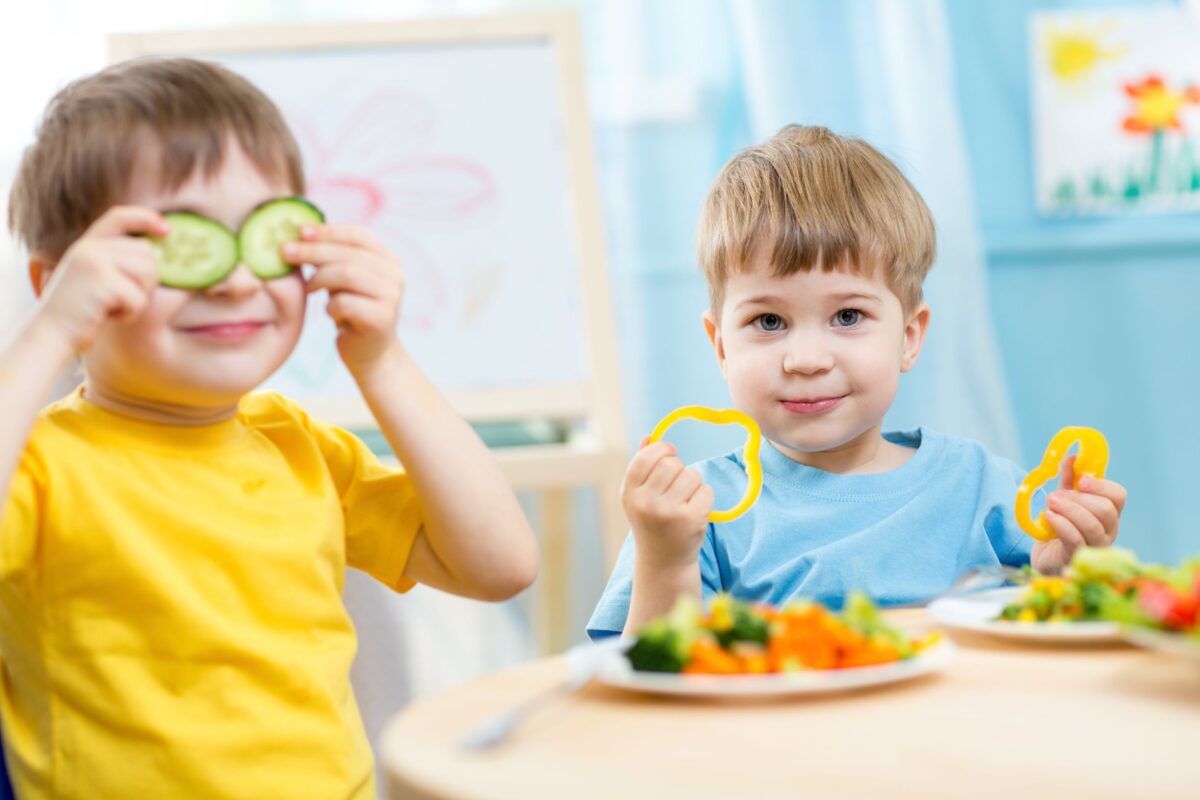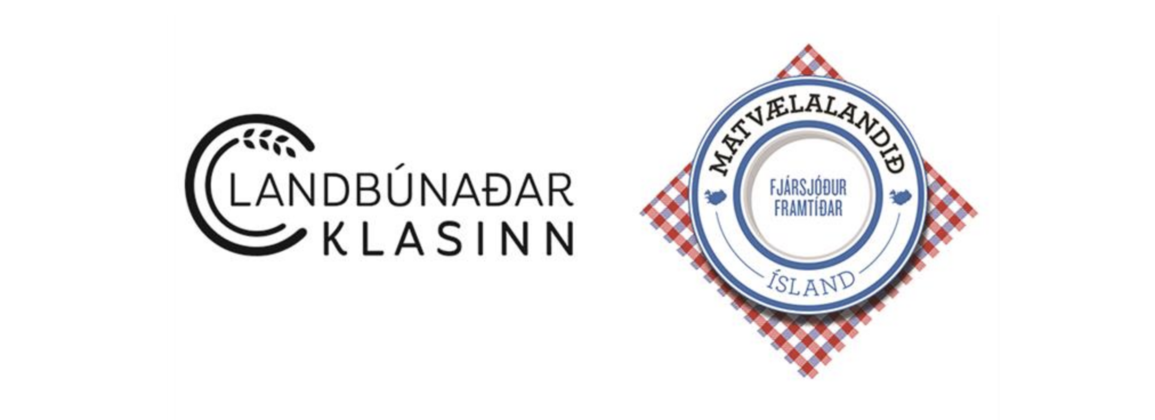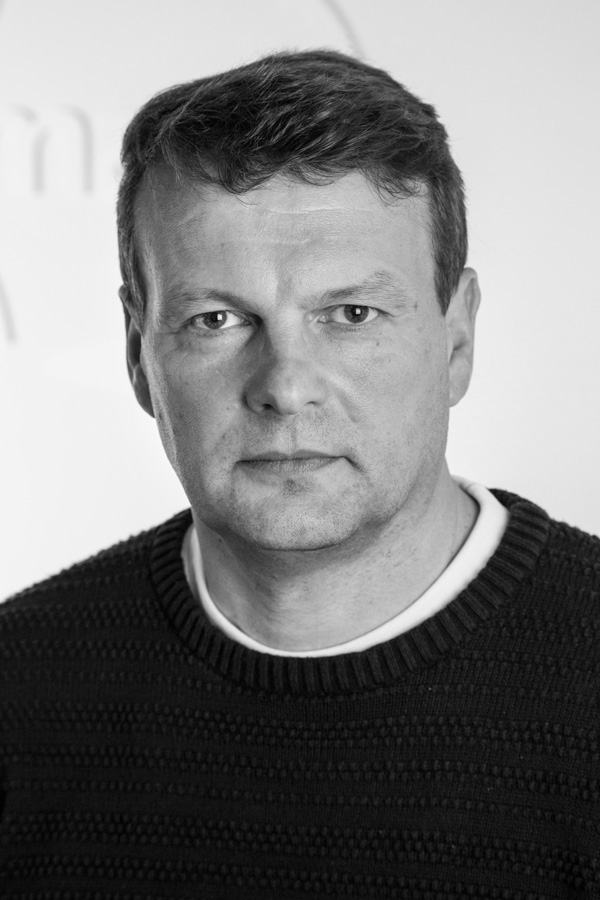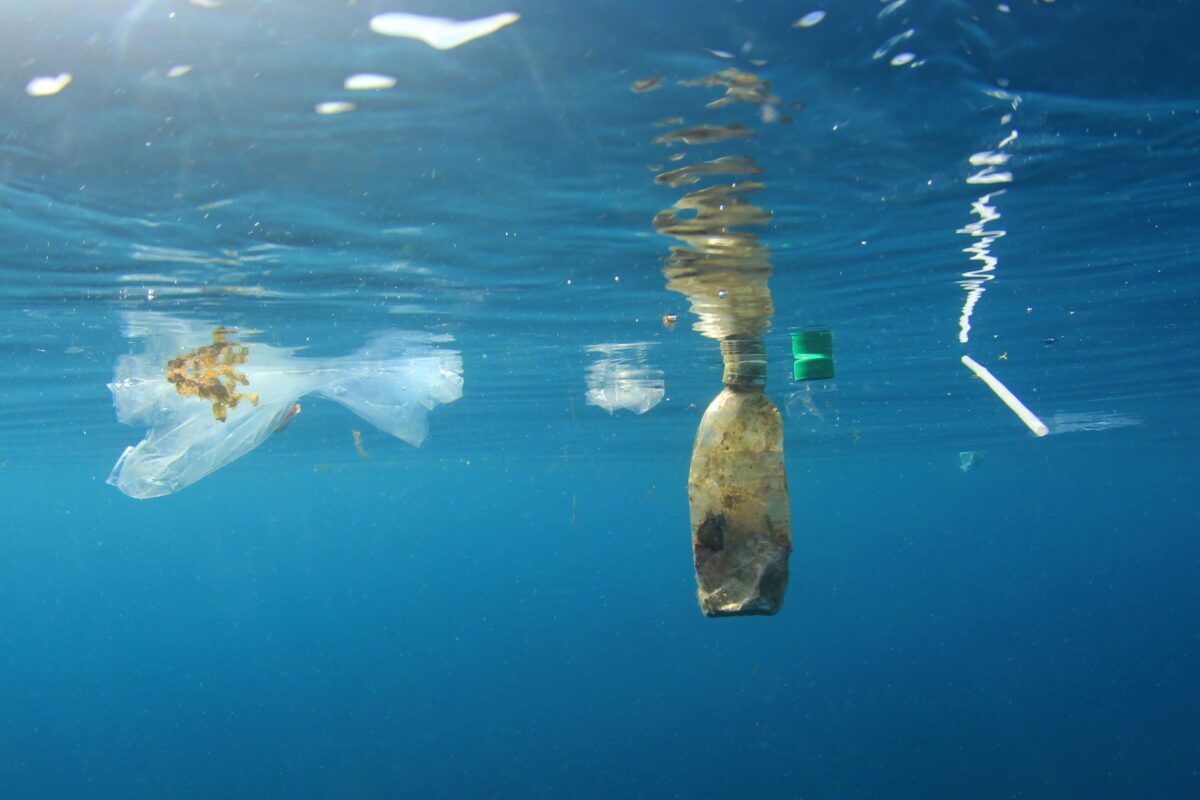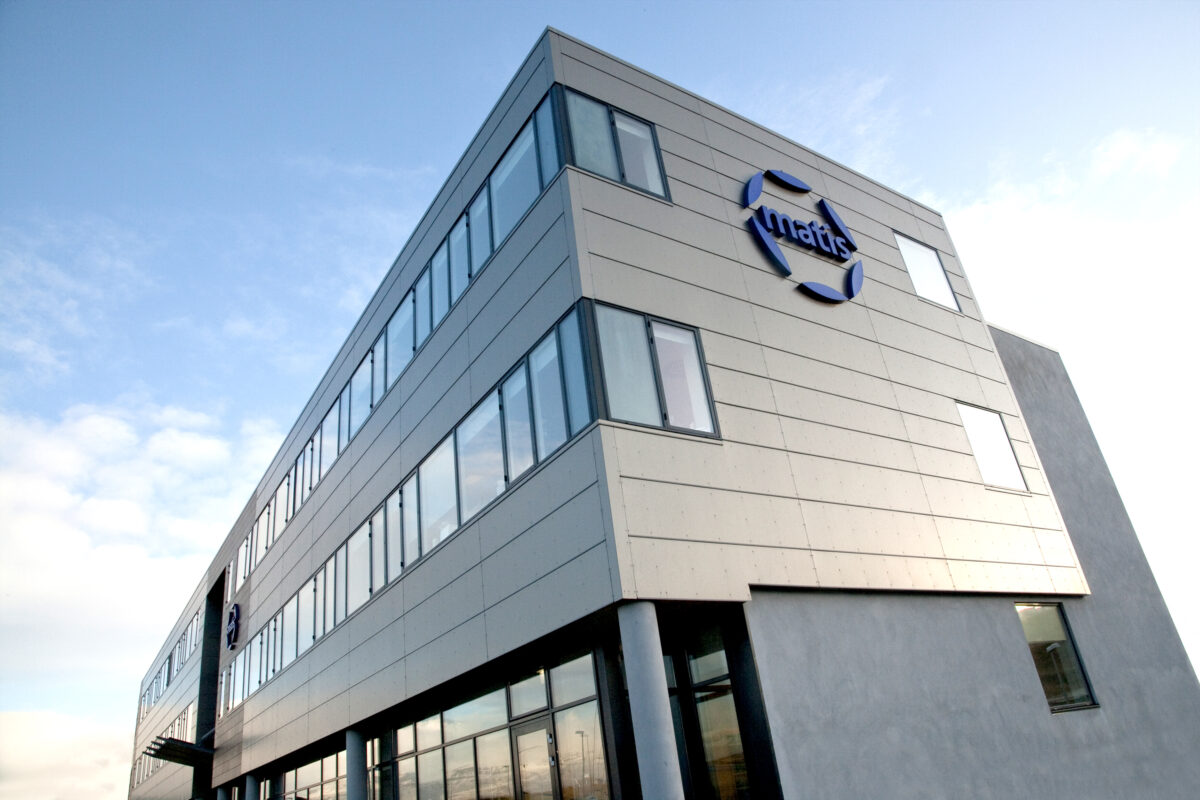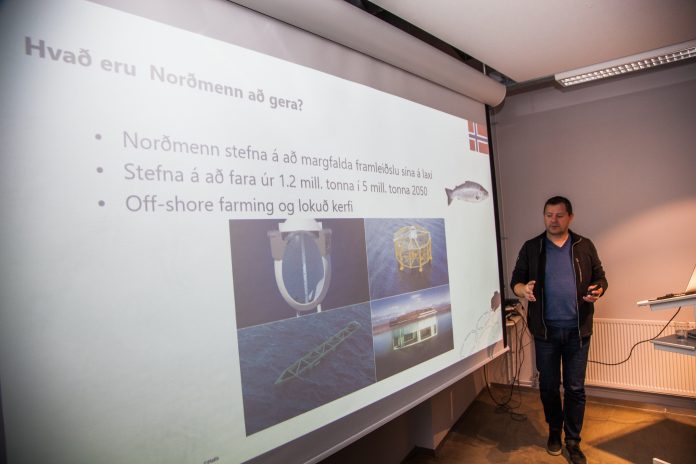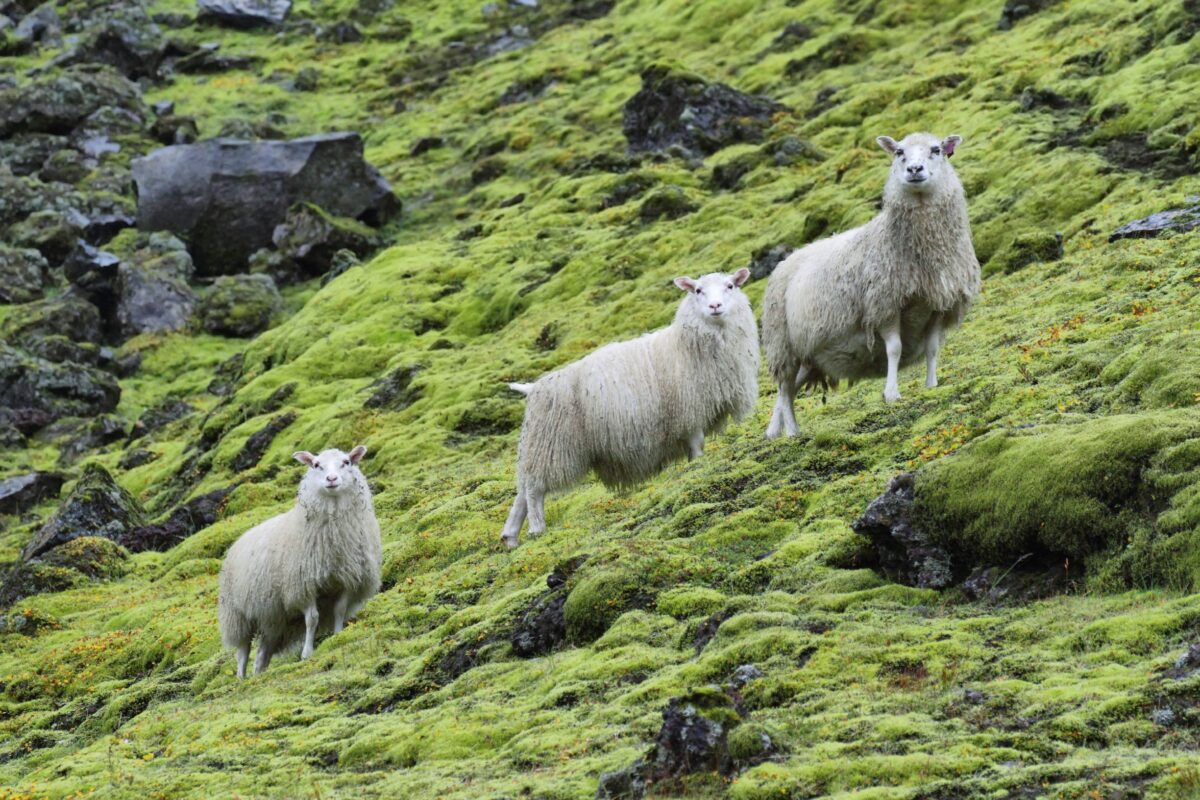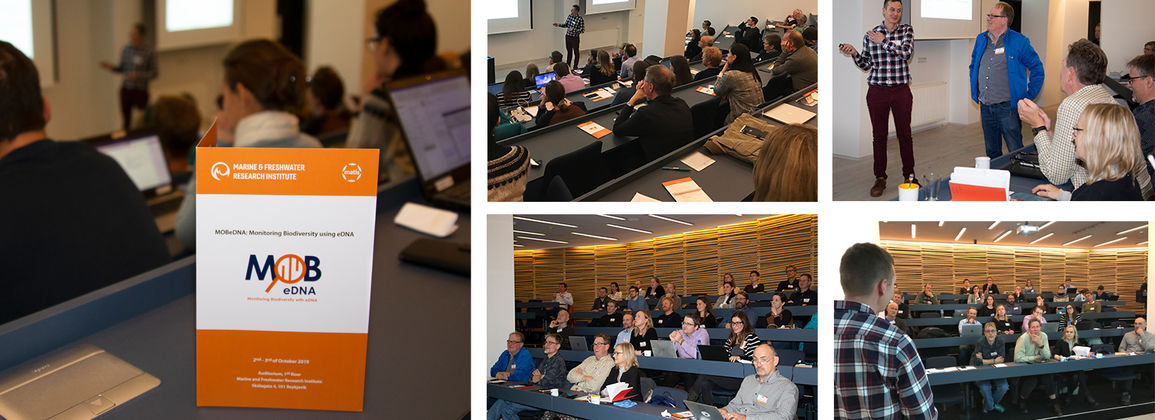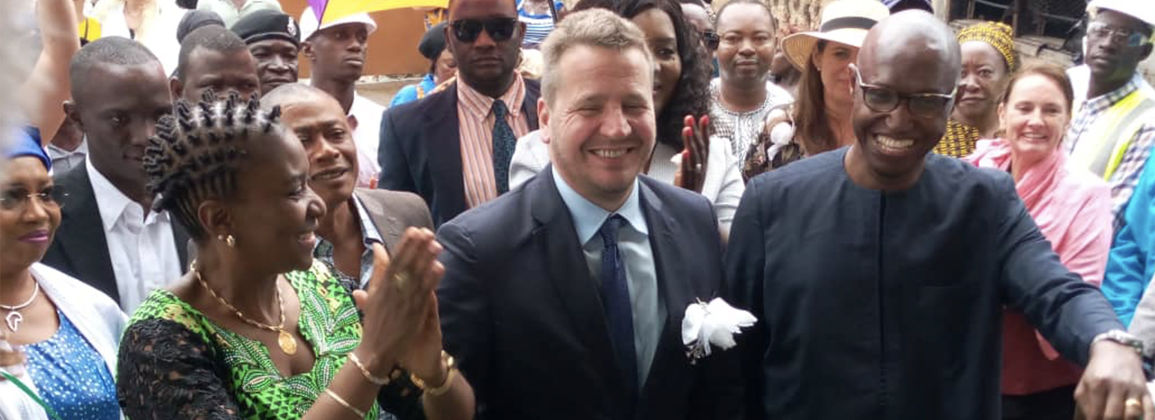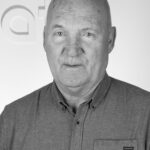Many Icelanders, all over the country, took the opportunity during Saltfiskvikan, which was blown up earlier this autumn, and tasted these unique products that have so many fans around the world. Customers who ordered salted fish dishes at one of the restaurants that took part in the campaign were especially encouraged to post a photo on Instagram, marked with the hashtag #saltfiskvika, which resulted in a prize pool that would be reduced.
One lucky participant was drawn at the end of the week, but the prize was a trip for two to Barcelona. The lucky one was Jóna Dóra Jónsdóttir in Selfoss, who had eaten salted fish at the Riverside restaurant in Hotel Selfoss. In addition to a trip to Barcelona for two, she also gets a salted fish feast for two at the restaurant La Gourmanda in the city, which is exactly the restaurant Carlota Claver who was one of the foreign guest chefs at Saltfiskvik.
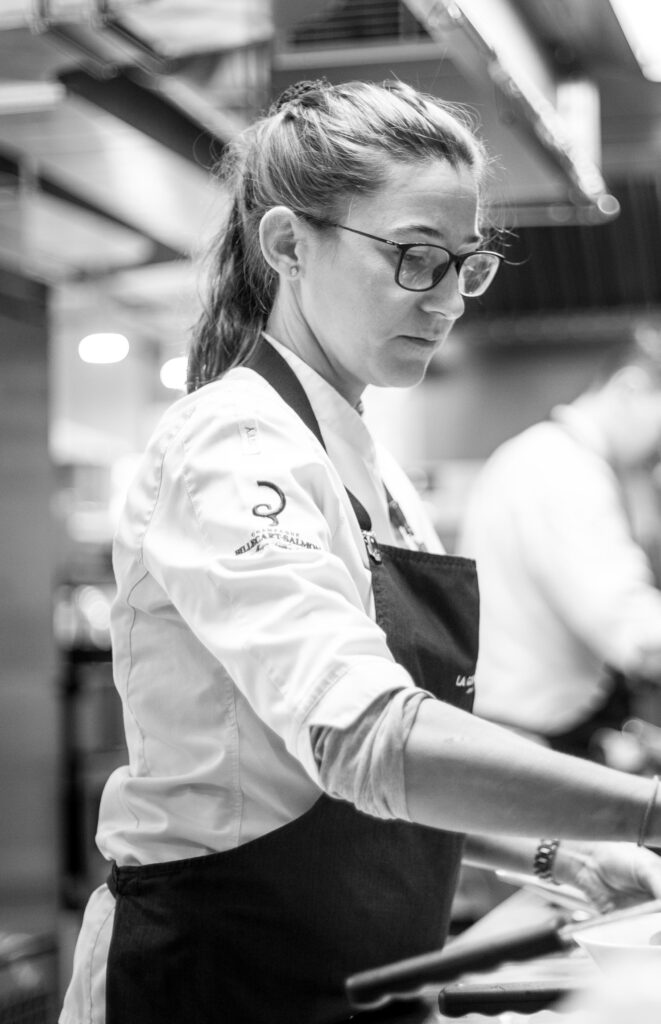
Overall, Saltfiskvikan went very well and there are already plans to repeat the game next autumn. When asked, the vast majority of the representatives of the more than 20 restaurants and canteens that took part this year were satisfied with the initiative, saying that it was a fun change as well as having a good effect on diversity and creative joy in the workplace. It was also mentioned how important it was to introduce the raw material authentic salted fish to both Icelanders and foreign tourists.
It is clear that the salted fish still has a strong foothold in the country as well as its visitors - although it is possible that this valuable export product has left little to be desired in its home area in recent years. Must be considered a full reason to blow back to Saltfiskvika in his honor this year.
Saltís Week was hosted by Matís, Íslandsstofa, Kokkalandsliðið and the Association of Icelandic Saltfish Producers.

